One of the primary purposes of this channel is to help those of you who are just learning about—or even struggling with—how to create really great videos with your drone. It doesn’t really matter which drone you have; all that matters is what you do with it. When I look back and think about the many times I considered giving up and finding a different hobby, I want to share the things I’ve learned over the years that motivate me to keep creating content. So if you need help and want to get better at using your drone to make beautiful stuff, then this series is for you.
Why This Drone Video Series?
Over the next couple of months, as we approach spring and summer, I’m going to create a series of videos that teaches you—whether you’re a new drone pilot or an older but frustrated drone pilot—not to give up. If you’ve reached a place of boredom with your drone and you don’t want to stay there, then hopefully this series can help you. This first video is one that I published a few years ago, and I want to share the information again because it really lays the groundwork for what’s to come.
In this video, I talk about the four most important things that make a Drone Video cinematic, and I share my top six drone moves that can be slightly modified to create a really great aerial masterpiece. I don’t have all of the videos for this series planned out yet, but one of them will discuss the best drone to purchase, another will talk about the overall best camera settings to use combined with intelligent flight modes, and so on. There’s a lot of great information that I hope will inspire you. I’m calling this series Above and Beyond because as you learn from each video, I want you to be able to do things you haven’t done before with your drone.
Enjoy this first video, and be sure to subscribe so you don’t miss future episodes of the series. Also consider becoming a channel member; I’ll put a link in the comments and in the video description. I’m going to take advice and suggestions for topics in the series from my members, so if you want to be part of creating this series, come and join the channel. It’s only a couple of bucks a month, and the more people who join, the closer I get to becoming a full-time YouTuber. Let’s get right to the first video in the Above and Beyond series.
What Does “Cinematic” Really Mean?
When it comes to capturing drone video, you may have heard the word “cinematic” uttered one or two thousand times. But what does that actually mean, and what does it take? What are the components that make up what we would consider a cinematic drone video?
After about six years of flying and watching many other people fly and create content with their drones, I think I’ve narrowed it down to the four most important things your drone video needs to have to be considered cinematic. I know a lot of people don’t like that word, but it’s a great way to describe drone videos that make you feel like you’re there. One way to define “cinematic” is having qualities or using techniques associated with good movies—such as drama, emotional intensity, visual or sonic artistry, epic narrative, and more.
Cinematic does not just mean how something appears; simply throwing an ND filter on your drone and filming does not automatically make your project cinematic. It’s more than that, and that’s what I hope you get from this video. After watching today, I hope you’ll be inspired to try creating your own amazing videos using your drones. The four things I’m going to discuss are story, planning, music and sound, and variety.
1. Story
As in any content creation, story is the foundation. You can’t just fly around randomly recording this and that without having a story in mind. Ken Heron is very good at this: he uses his drones as a tool to tell a story and to add perspective, bringing the viewer into the narrative. It’s one of the best things you can do with a drone because it’s a unique method of capturing a subject that few people are able to do.
Find your subject, explore it, learn about it, and experience it for yourself. Then, using that experience, figure out how to tell your story to others. This might involve writing a little script and placing text on the screen as you fly, or voicing over the script with a short narrative—this can be even more impactful because the more senses you stimulate in your story, the more emotion it evokes in the viewer.
Keep in mind that you don’t need to tell the story with words. You can do that through how you put your video together and how you present it to the viewer. Here’s one small example I found from a very small YouTuber named Claudo Sass (I’m not sure how to pronounce his name), who has fewer than 200 subscribers. Yet this drone video has over 15,000 views. He uses his DJI Mini 3 Pro to tell a very simple story of his bike ride around Monte Levada and the surrounding scenery. His video provided a great perspective of the area, capturing many different views and points of interest. You could tell he had planned this flight ahead of time, and he wanted to tell a story with it.
2. Planning
Planning is the next component of a cinematic drone video. When you plan a drone flight, it’s actually pretty simple. First, I recommend getting to know the rules of the area where you’ll be flying and understanding if there are any restrictions. Next, if you’re not already familiar with the area, hop onto Google and search it with Google Maps or Google Earth. I suggest doing this even if you know the area, because you might discover a landmark or a unique subject you didn’t realize was there.
Use your mapping research to figure out where you’ll park your vehicle, where you can launch and land your drone, and how to position yourself for the best angles to be as efficient as possible when filming. I also recommend using street view to get a detailed look at the area. This contributes to the overall cinematic effect by preventing raw footage overload, saving you from adding needless clips to your project. If you just go out and fly for 30 minutes while recording the entire time, you’ll end up wasting 90% of that footage, and it becomes overwhelming when you try to edit.
Instead, I suggest recording about 30 to 60 seconds maximum per scene, then moving on to the next position. Position your drone, capture 30 seconds, reposition, capture another 30 seconds, and so on. I’ll talk about what sorts of drone shots to capture later, but you can pre-plan them in this step as well.
3. Music and Sound
Music and sound effects are absolutely vital to a cinematic video because this is where the whole viewer experience comes in. As I mentioned earlier, you want whoever is watching your video not just to watch it—you want them to feel it. Adding sound design is the best way to do that.
When you’re out flying on location, listen for the sounds around you. Try to focus on everything you hear—maybe write them down or put them in your phone so you can remember them when you’re editing. You could even record the environment with your camera, a digital recorder, or your phone. It could be the sound of a bubbling stream, birds, bugs, traffic, a train, or whatever else is there.
For example, this summer we went on a trip to Colorado. I tried to remember all the sounds I heard while flying over a river with my Mini 3 Pro. Without audio, the footage was pretty dull. To make it more memorable for the viewer, all I had to do was head to Epidemic Sound (where I get all my sound effects and music), download some audio that matched what I remembered from when I was there (the rushing river in spring, the highway next to Rocky Mountain National Park, the birds, etc.), and add those sounds to my edit. It became an entirely new experience, and you feel like you’re sitting there with me.
When you get to the editing process, you need to add these things to help tell the story. As you know, drones can’t record audio on their own, so without sound, you only have half the story. Even if all your drone footage is beautifully captured, it won’t be truly experienced without audio and, most often, some music as well.

There are plenty of places to find music and sound online. I’ve used Epidemic Sound for all my music and sound effects for five years. They’re not sponsoring this video; I just like recommending them. The reason I’ve stayed with them so long is that they have more music and sounds than I’ll ever need, all of it is copyright-free, and it’s the lowest-priced royalty-free music platform out there right now. I’ll put a link in the video description if you want to check them out.
For a great example of how audio completely makes a video, watch the Oregon video from Devin Super Tramp (Devin Graham). If you aren’t subscribed to Devin, I recommend it. He has about six million subscribers for a reason—he’s an amazing filmmaker and an artist at using audio to add that cinematic experience.
Many of you are probably wondering how to edit something like that. That’s an entirely different topic, but I have a couple of older tutorials I’ve made. I’ll link them down in the video description if you want to check them out. The software may have changed a bit, but the process is still the same. If you have no idea where to start with editing, those videos can give you a good starting point. I’m nowhere near an expert at editing, but hopefully they help.
4. Variety
A truly impactful aerial video project contains a variety of subjects, angles, and movements, combined to tell your story in an engaging way. Try to capture the things that struck you most when you experienced what you want to share with the world. Think about how to make the viewer feel the same way you did when you experienced that story. Was it a particular location you traveled to that left you with a core memory? An event you were involved in that brought you joy? Or maybe it’s something you see regularly, but after viewing it from above, you experienced it in a whole new way.
When you’re filming with your drone, capture different angles that draw the viewer into the experience. As for drone moves, don’t overwhelm yourself. There are plenty of videos showing the “best 20” or even “best 100” drone moves for beginners, and those are great. However, in my opinion, if you have six solid moves perfected, that’s really all you need for most situations.
The six moves I prefer—by no means the ultimate list—are:
- The forward slow reveal
- The point of interest with a tilt-up or tilt-down
- A backward reveal
- A rise-up shot
- A simple trucking move (flying laterally)
- A bird’s-eye view
These are the foundation of my drone movements. Each of them can be slightly modified. For instance, rather than just a simple bird’s-eye shot from above, you can do a rising bird’s-eye shot, and then add a bit of rotation to it. Another tip: there’s nothing like passing an object very closely with your drone—it’s very exciting for the viewer. That’s why FPV is so popular; people love that immersive experience.

There are literally hundreds of moves you could do, but don’t feel like you have to learn them all. Find your own basic five to ten moves, then tweak them as you gain more experience. Over time, you’ll learn the kind of look you like to share with people. The bottom line is to mix it up so you keep your viewer watching to see what’s coming next.
Final Thoughts
Is there anything else you think makes a truly engaging, memorable, cinematic video? Share it in the comments so everyone can see what others are doing. Hit that “like” button if this video helped you at all, and if you want to see more content like it, please consider subscribing to the channel.
Last of all, watch the video right here next to learn about one of the most controversial topics when it comes to flying drones. Have a great day, and as always, fly safe and fly smart.
Discover more from DroneXL.co
Subscribe to get the latest posts sent to your email.
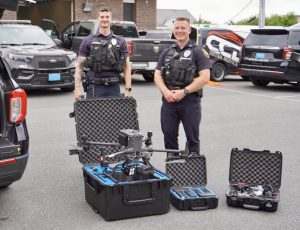
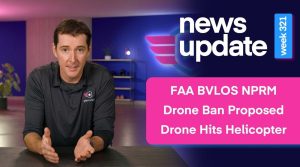

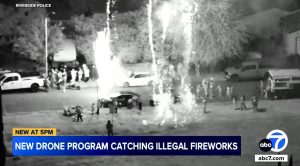

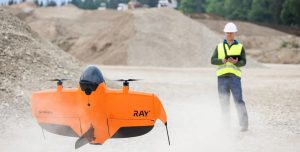
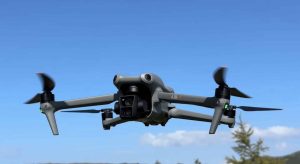
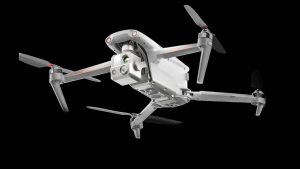
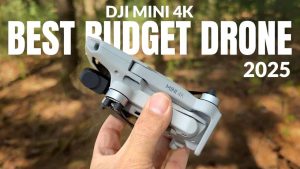
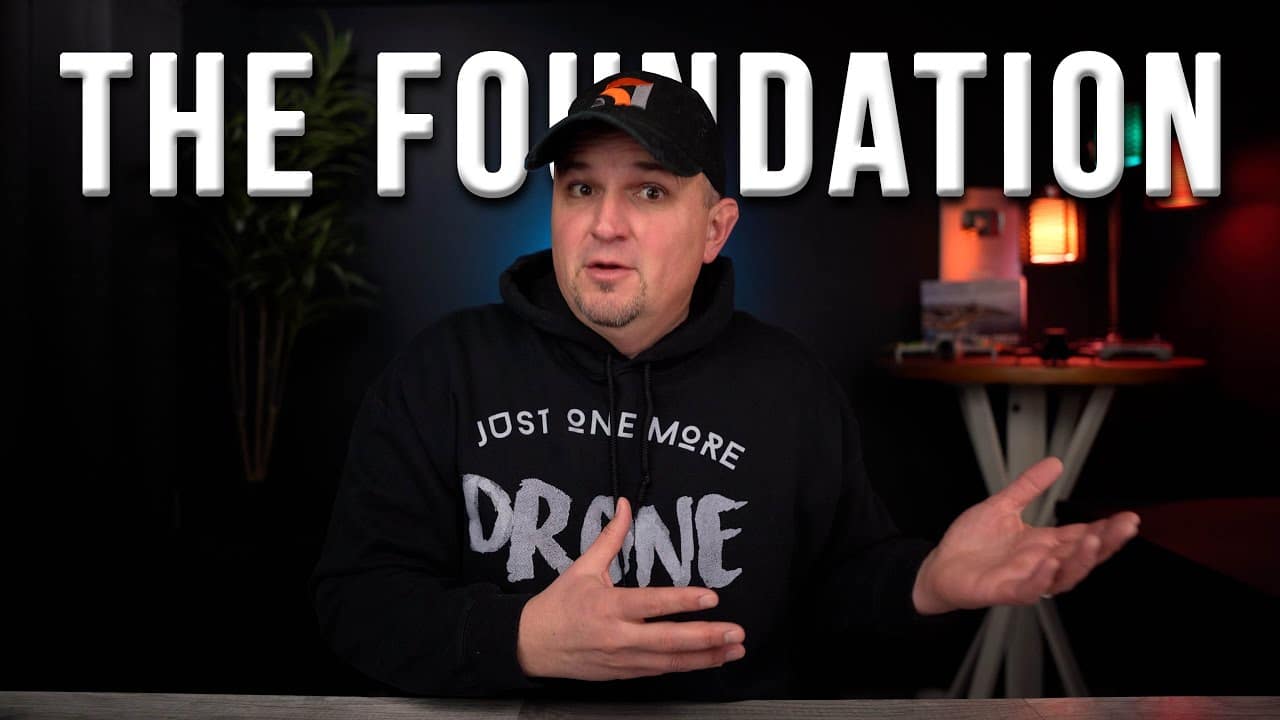

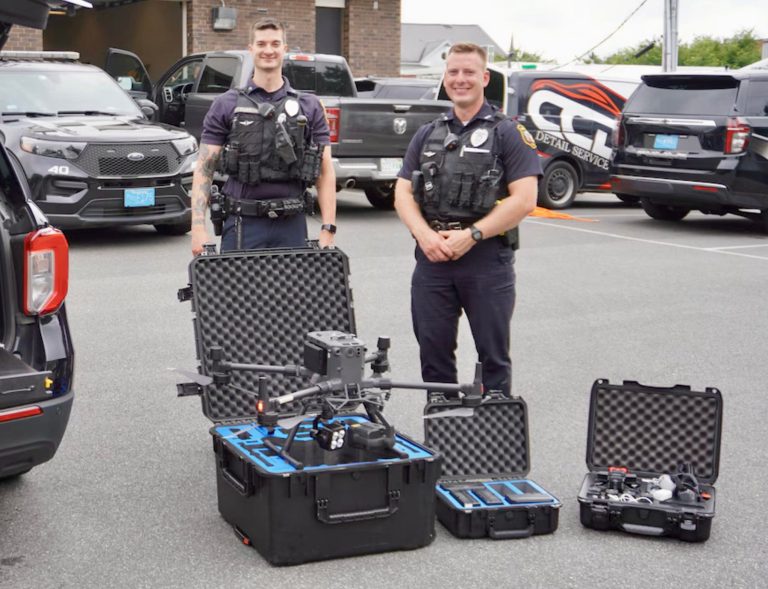
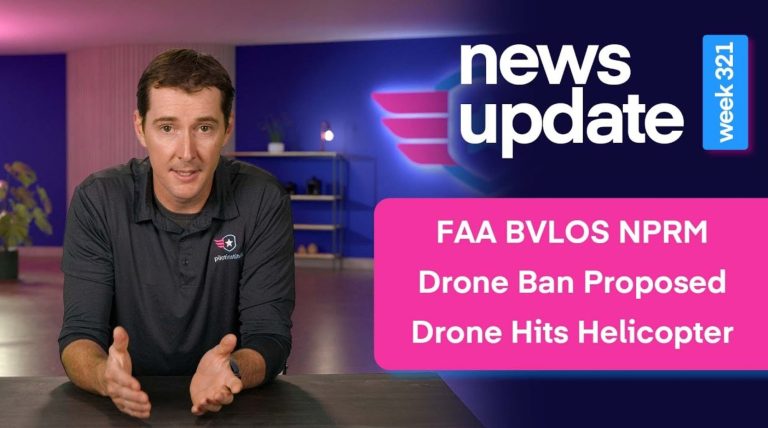

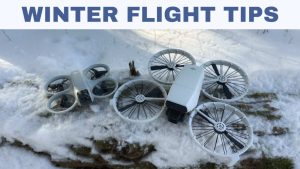
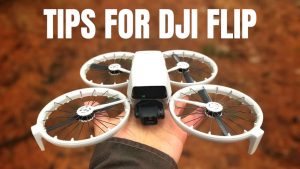
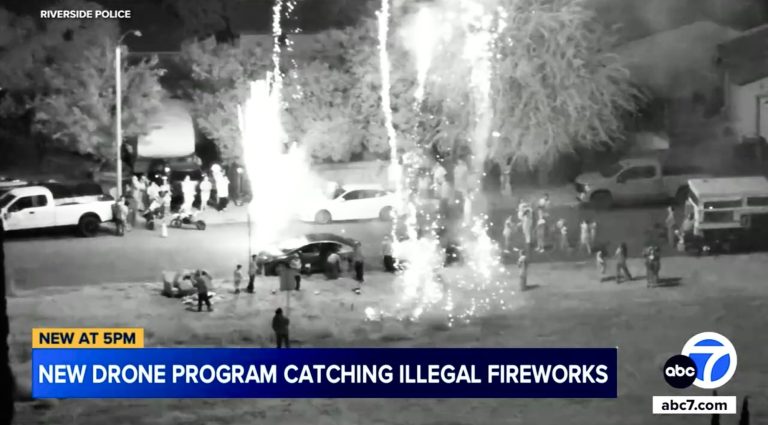
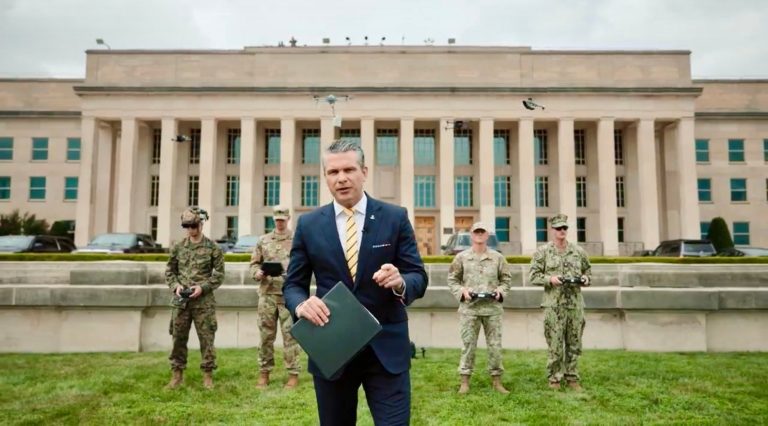
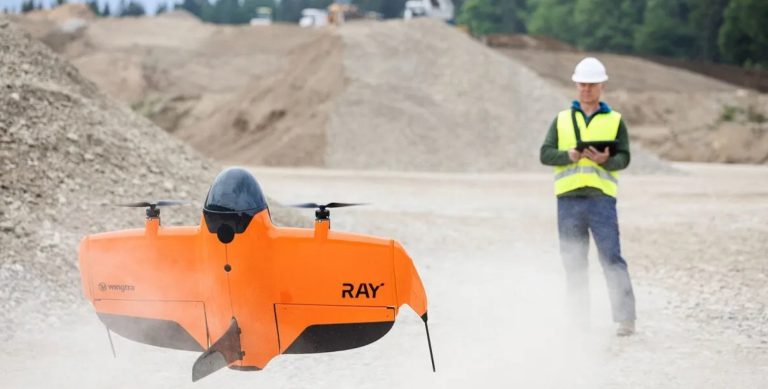
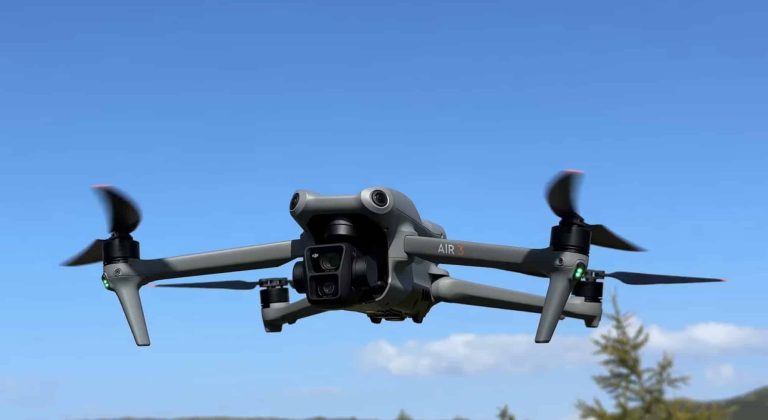
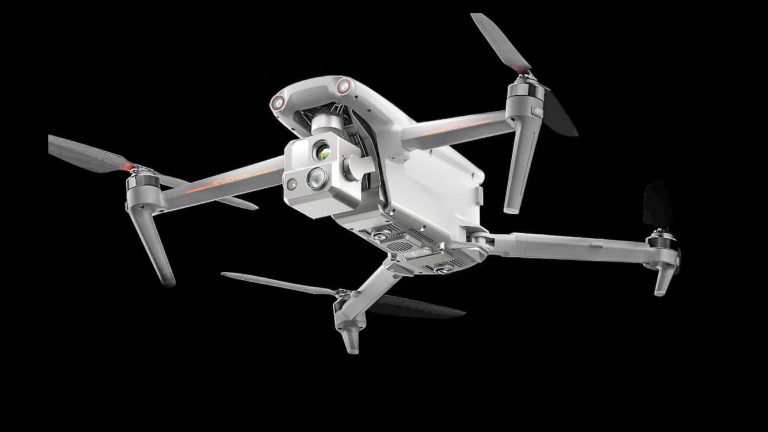
+ There are no comments
Add yours